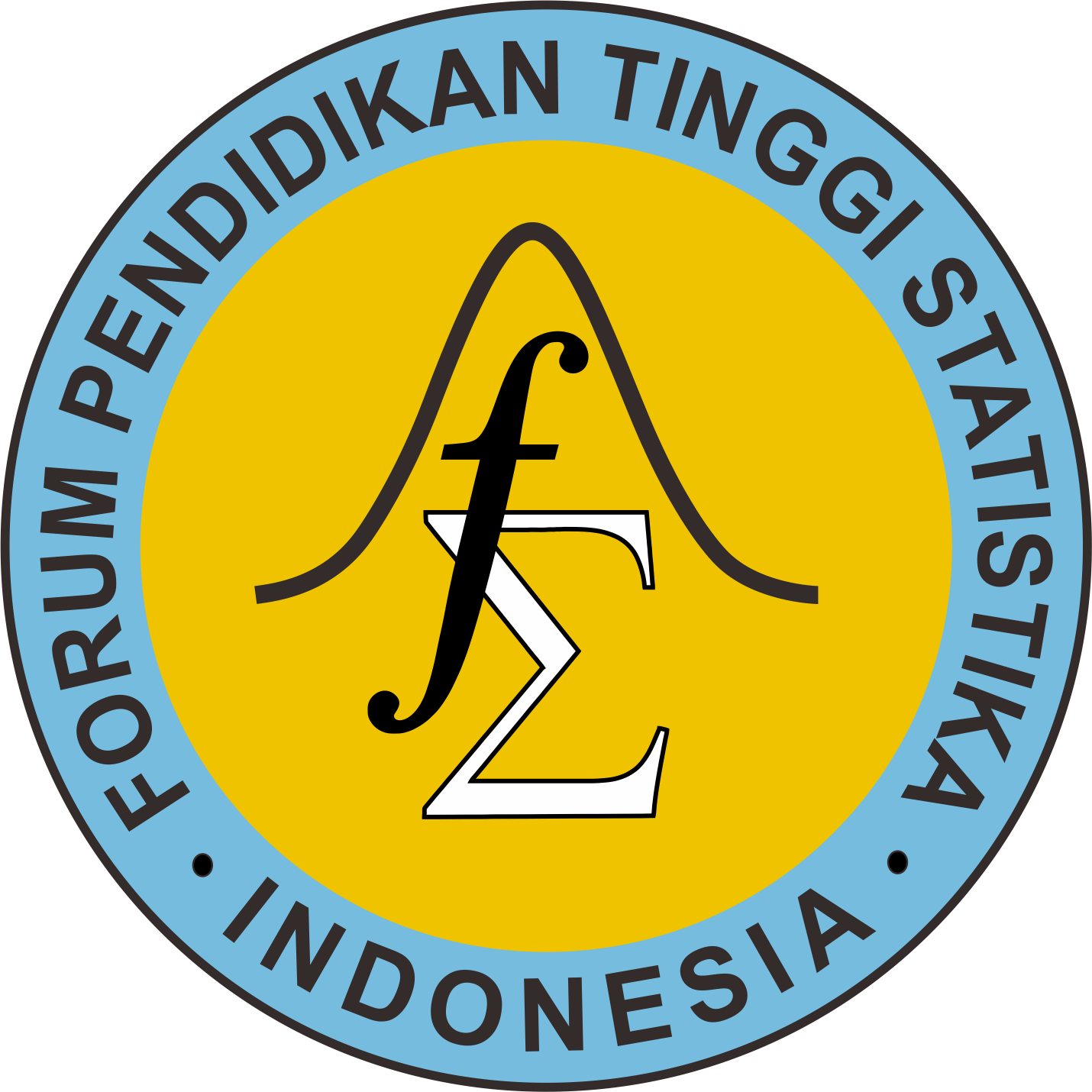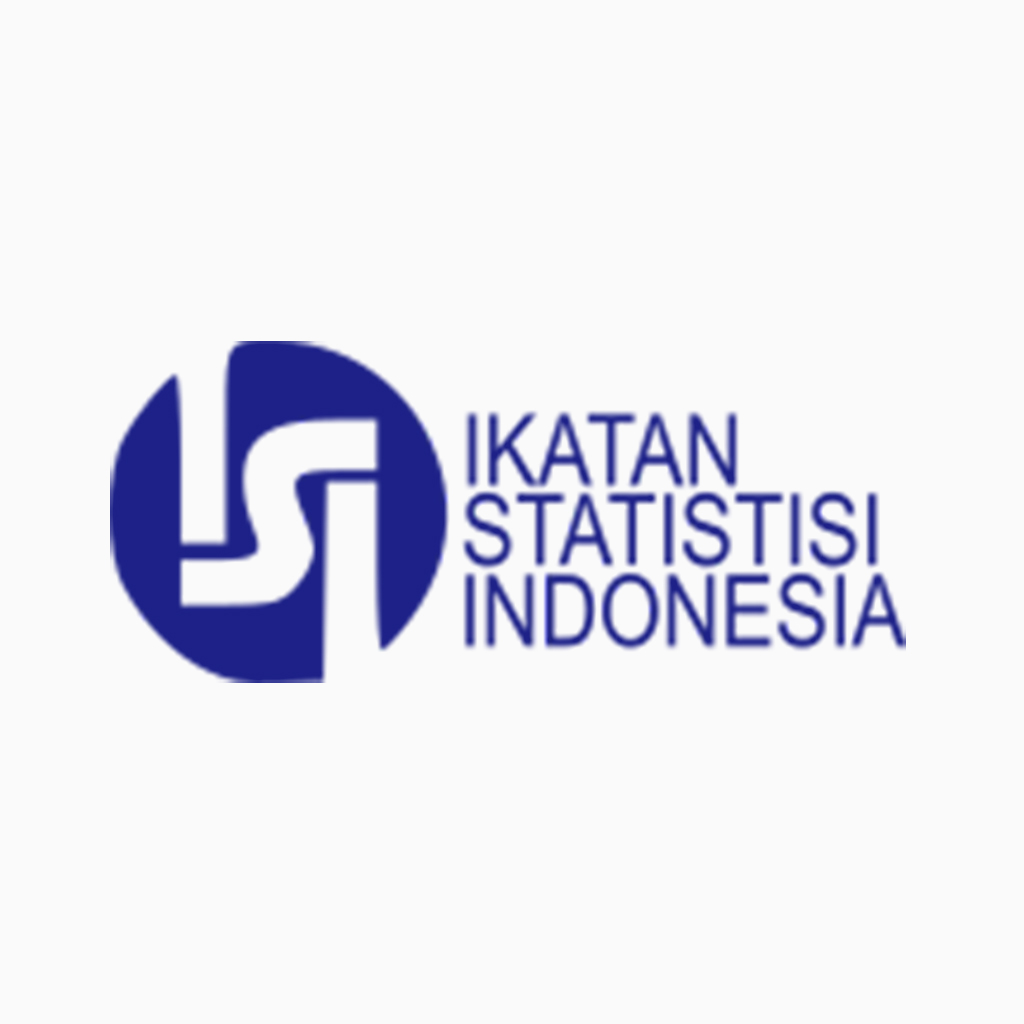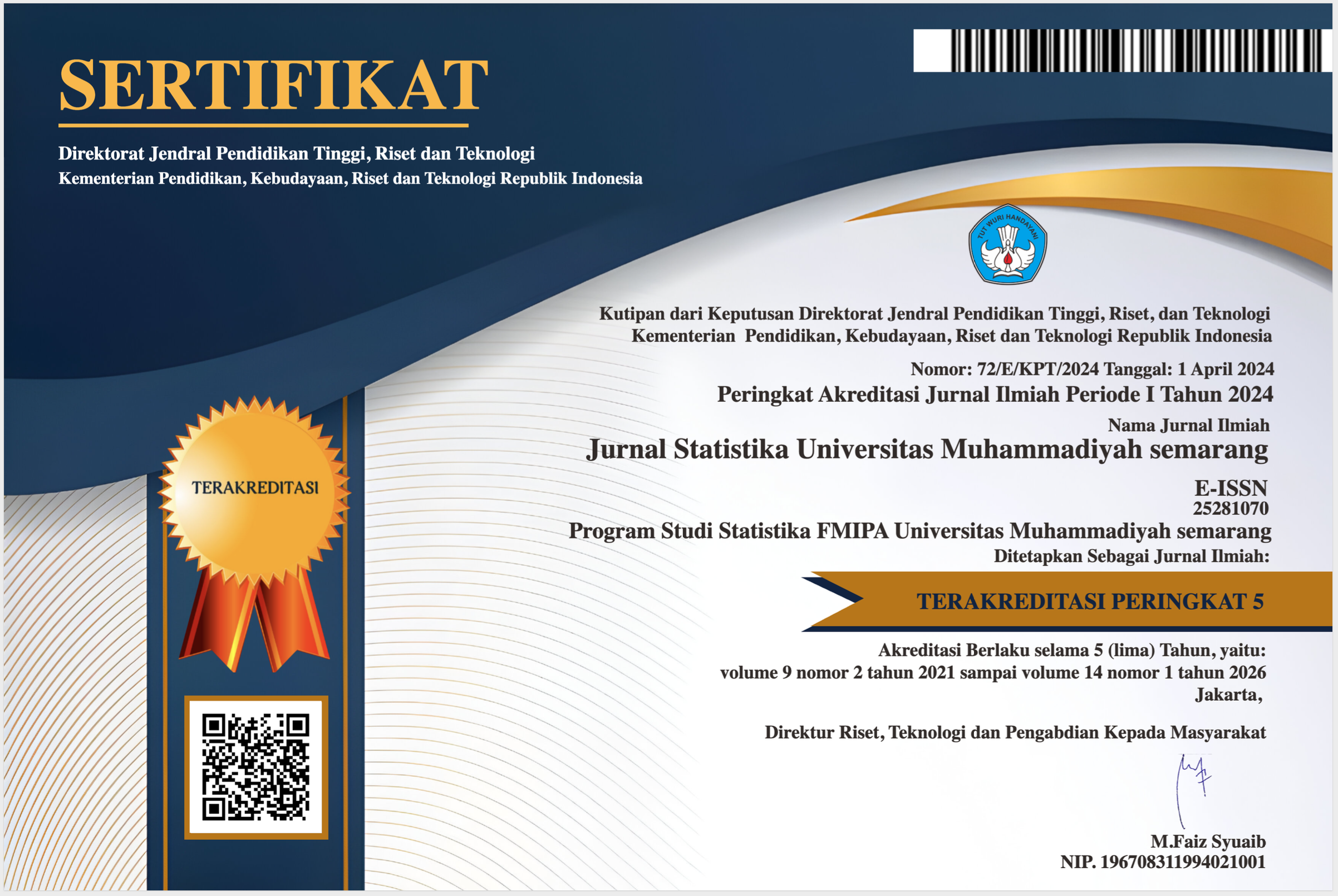ORDINAL LOGISTIC REGRESSION MODEL FOR HUMAN DEVELOPMENT INDEX DATA IN PAPUA AND WEST PAPUA PROVINCES
(1) Department of Graphic Engineering, Faculty of Industrial Technology, Politeknik Negeri Media Kreatif
(2) Institut Teknologi Sepuluh Nopember
(3) Department of Statistics , Faculty of Science and Data Analytics, Institut Teknologi Sepuluh Nopember
(4) Department of Statistics , Faculty of Science and Data Analytics, Institut Teknologi Sepuluh Nopember
(5) Department of Statistics , Faculty of Science and Data Analytics, Institut Teknologi Sepuluh Nopember
(*) Corresponding Author
Abstract
Full Text:
PDFReferences
Ayu. LD, Putri. EM, and Indrasetianingsih. A. “Modeling the Human Development Index and Gender Development Index in Indonesia using the Probit Regression Approach Bivariate” . Journal of Mathematics, Statistics and Computing, 1-4. 2020.
Sari. M, and Purhadi. “Pemodelan Indeks Pembangunan Manusia Provinsi Jawa Barat, Jawa Timur Dan Jawa Tengah Tahun 2019 Dengan Menggunakan Metode Regresi Logistik Ordinal”, Jurnal Gaussian, 10 (1). 2021.
Nefri. N, and Pramesti. W. “Pemodelan Regresi Logistik Ordinal Terhadap Indeks Pembangunan Manusia (IPM) Di Jawa Tengah Tahun 2021”. Prosiding Seminar Nasional Hasil Riset dan Pengabdian, E-ISSN: 2776-5105. 2021.
Christyadi. S, Satriya. A, and Goejantoro. R. “ Pemodelan Indeks Pembangunan Manusia (IPM) Menggunakan Analisis Regresi Probit (Studi Kasus: Indeks Pembangunan Manusia (IPM) di Pulau Kalimantan Tahun 2017)”, Jurnal EKSPONENSIAL Volume 11(2), Nopember 2020.
Agresti, A, Categorical Data Analysis (2nd ed). New Jersey: John Wiley & Sons, Inc. 2002.
Budyanra. B, and Azzahra. GN, “Penerapan Regresi Logistik Ordinal Proportional Odds Model pada Analisis Faktor-Faktor yang Mempengaruhi Kelengkapan Imunisasi Dasar Anak Balita di Provinsi Aceh Tahun 2015”, MEDIA STATISTIKA 10(1) :37-47. 2017.
Fauzan. A, Rahmah. AH, and Pradana. SC, “Model Regresi Logistik Ordinal untuk Menentukan Faktor Pengambilan Keputusan Calon Mahasiswa Memilih Program Studi Statistika”, Statistika, Vol. 18 No. 1, 85 – 96. 2018
Akbar, SJ, A. Mukarromah and L. Paramita. “Ordinal Logistic Regression
Bagging on the Nutritional Status of Toddlers”. Statistical Media, 3(2): 103-116. 2010
Agresti, A. Analysis of Ordinal Categorical Data (2nd ed). New Jersey: John Wiley & Sons, Inc. 2010
Hosmer , D.W. & Lemeshow . Applied Logistics Regression . New York
: John Wiley and Sons , Inc. 2000
Hosmer , D.W., Lemeshow , S., & Sturdivant . Applied Logistics Regression (3rd ed ) . New York : John Wiley & Sons , Inc. 2013.
BPS. Human Development Index 2015. Jakarta: Central Statistics Agency. 2015.
Hocking. R. R, Method and Applications of Linear Models (2nd Edition ed), New York: John Wiley and Sons, Inc, 1996.
Bozdogan. H. Akaike's information criterion and recent developments in information complexity. Journal of Mathematical Psychology. 44(1). 62–91. https://doi.org/10.1006/jmps.1999.1277. 2000
Gujarati. D. N. & Porter. D. C. Basic Econometrics. 5th edition. McGrawHill. New York. 2009.
Article Metrics
Abstract view : 194 timesPDF - 72 times
DOI: https://doi.org/10.26714/jsunimus.12.2.2024.%25p
Refbacks
Copyright (c) 2024 Jurnal Statistika Universitas Muhammadiyah Semarang
Editorial Office:
Department of Statistics
Faculty Of Mathematics And Natural Sciences
Universitas Muhammadiyah Semarang
Jl. Kedungmundu No. 18 Semarang Indonesia
Published by:
Department of Statistics Universitas Muhammadiyah Semarang
This work is licensed under a Creative Commons Attribution 4.0 International License








2.png)



